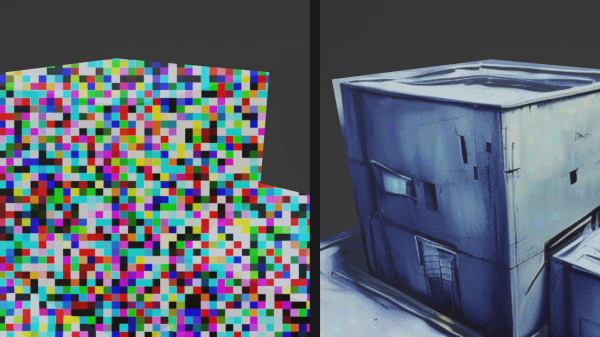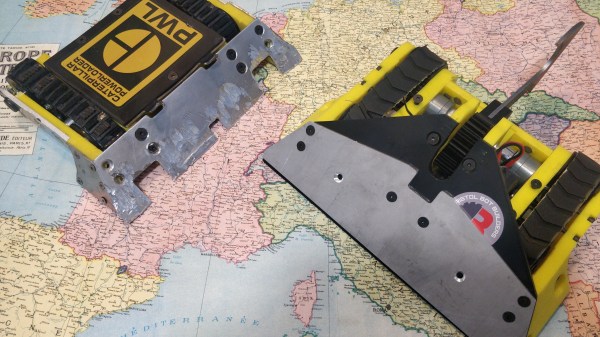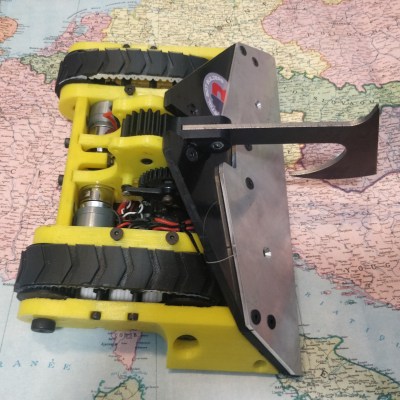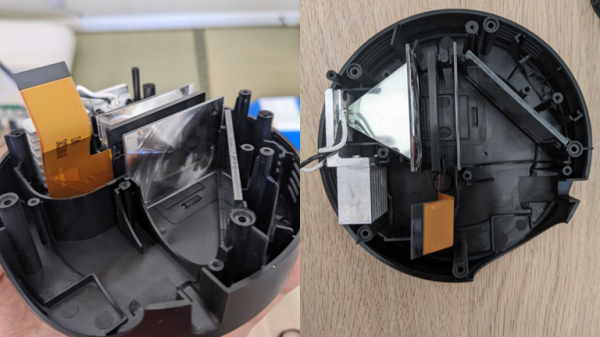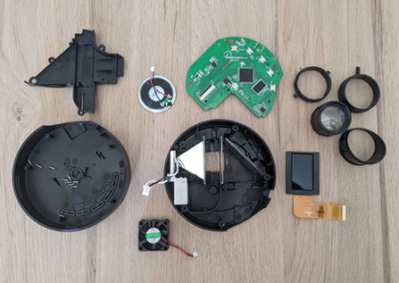MIT has been working on very thin solar cells made of a film just a few microns thick. The problem? The cells are so thin that they’re hard to work with. You could make a small solar cell on top of, say, a glass slide, but that’s not all that interesting since you can make perfectly good solar cells that are as fragile as glass using conventional techniques. But in a new paper, MIT researchers describe creating 50-micron-thin fabrics that can generate electricity from solar.
The process still involves using chemical vapor deposition to produce the solar cell on glass. However, the cells are removed from the glass, prepared with electrodes, and then transferred to a piece of fabric which acts as a new substrate.
The fabric used in the paper is a composite fabric known as Dyneema composite fabric. It uses ultra-high molecular weight polyethylene fibers and sheets of Mylar. This material has low weight but a very high strength. A UV cure adhesive bonds the fabric and solar cells.
Honestly, we doubt anyone will be making these in their garages anytime soon. But we would love to see what you could do with a roll of this fabric. Wearables, self-charging laptop bags, or solar-powered instruments in an airborne drone could all take advantage of the material’s flexibility and low weight.


